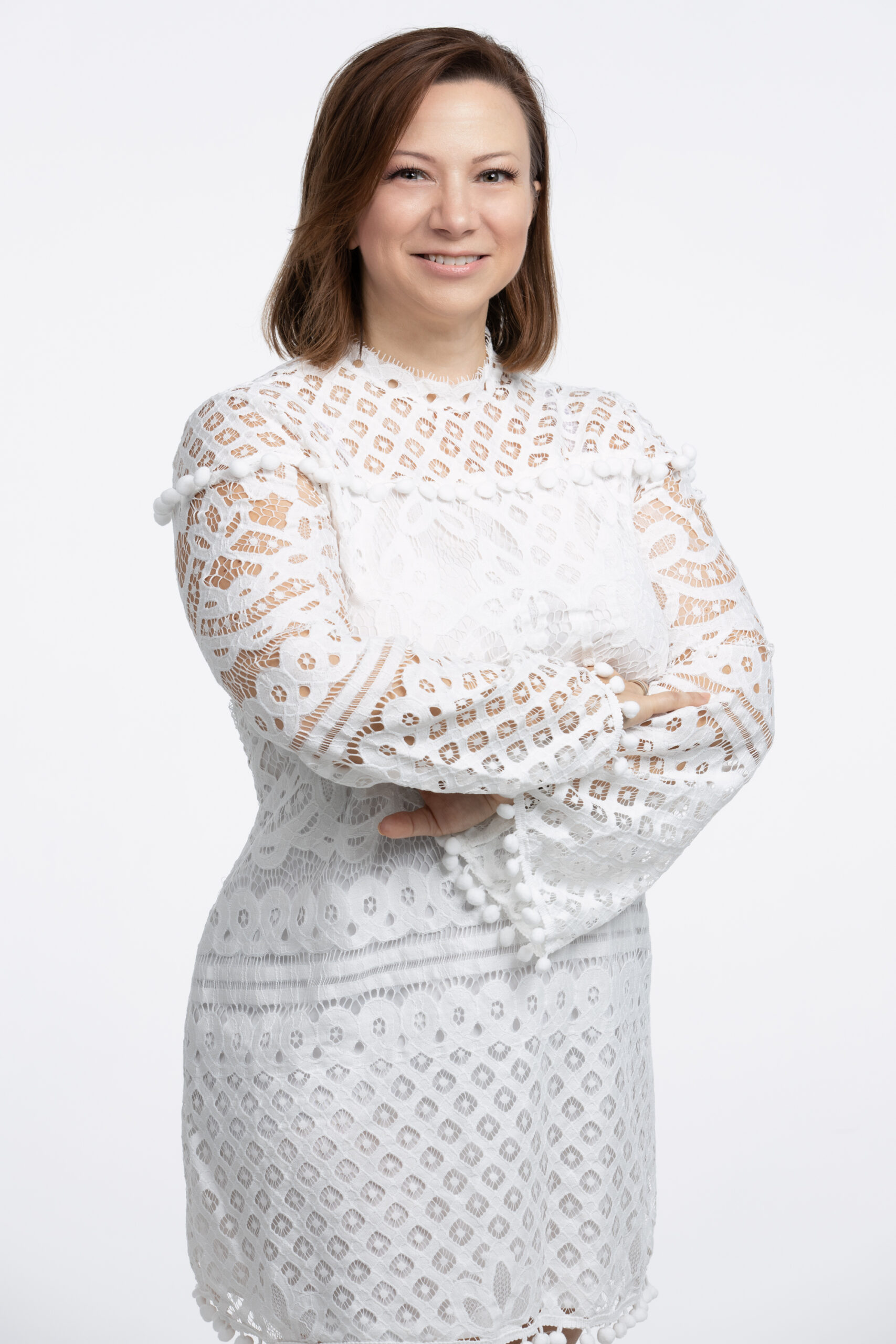Gen X Women: Glass Slippers + Pink Corvettes — Can we really have it all?

Since an early age, I have been continually told by my parents, teachers, childhood fairy tales, and the leading ladies of television and my toy box, I can do anything I want to do in life – the world is my oyster – an oyster filled with unlimited choices. I can be and do whatever I choose. I have endless choices. But, how do I choose the right one? Barry Schwartz’s best seller, The Paradox of Choice, addresses the paradox of choice, comparing life’s choices to choosing toothpaste to a generation’s paralysis in finding their life’s direction.
As a child of the 70s, a decade still feeling the 1960s’ second wave of feminism, I have been bombarded with images of princesses finding Prince Charmings with glass slippers, Amazon women fighting crime with golden lassos of truth and flying invisible jets, and a 5’11’’ blonde bombshell living the American Dream with her dream career du jour, in a dream house, with a dream guy, driving a dreamy pink Corvette. Cinderella, Wonder Woman, and Barbie made finding the man of my dreams, fighting crime, and choosing — and changing — a career seem as easy as shopping out of the Sears catalogue.
I have been told I have unlimited options. But, do I really? What if I wanted to wear my glass slippers as I flew my invisible jet to my dream house? Can I have all the choices I choose? And, what if I get bored with my invisible jet, can I park it while I drive my pink Corvette? Do these unlimited options truly mean my options are limitless?
Schwartz’s The Paradox of Choice addresses the dilemma many female thirty-somethings are facing, are our force-fed infinite choices, determining or detrimental? Just as Schwartz’s describes his quest for a pair of jeans as most unbearable, Gen X girls are “forced to invest time, energy, and no small amount of self-doubt, anxiety, and dread” in their quest to make their biggest life choices.
Schwartz’s psychological and social study demonstrates how, as Schwartz’s book cover states, our culture’s abundance is robbing society of satisfaction, an anthem, if you will, for female Gen Xers like myself. Schwartz proves chapter by chapter, from shopping for toothpaste in the supermarket, to picking a college, to the psychology behind picking toothpaste and a college, “…as the number of choices keeps growing, negative aspects of having a multitude of options begin to appear. As the number of choices grows further, the negative escalate until we become overloaded. At this point, choice no longer liberates, but debilitates”.
As more and more female role models came on the scene – Samantha from Bewitched, Jeannie from I Dream of Jeannie, and the girls from Facts of Life – the stress and anxiety level of my generation grew into obsession with our looks, our bodies, our fashion, having children, and obtaining the corner office with a view. My generation was told we needed to choose all of the above – but, without genie or superhero powers. We were told we needed “it all.”

Deciding the direction of my life is still alike shopping in the toothpaste aisle at Super Stop & Shop. The options lay before me on two-thirds length of an aisle taking up four shelves; I can choose Crest ProHealth, Crest with Scope, Crest Healthy Radiance, Crest with Cavity Protection, Crest Nature’s Expressions, Crest with Tartar Control, all in a variety of flavors and consistency, Lemon Ice, Clean Cinnamon, or classic Mint in gel or paste. What should I choose? What do I want? What do I need? Should I get more than one?
I find these choices, like Schwartz, debilitating – both in life and in the supermarket. Is life – and oral care – really this difficult? What is the significance of the abundance of these peripheral choices? Why can’t life be as simple as my grandmother’s – meet a boy, get married, have kids, buy plain Crest? Christopher Caldwell of The New Yorker agrees, “Nor is the “paradox of choice” limited to the shopping aisle. It helps explain why so many people at age thirty are still flailing about, trying to choose a career—and why so many marriageable singles wind up alone. You await a spouse who combines the kindness of your mom, the wit of the smartest person you met in grad school, and the looks of someone you dated in 1983 (as she was in 1983) . . . and you wind up spending middle age by yourself, watching the Sports Channel at 2 a.m. in a studio apartment strewn with pizza boxes” (Caldwell, 2004).
I agree with Schwartz, “the ‘success’ of modernity turns out to be bittersweet, and everywhere we look it appears that a significant contributing factor is the overabundance of choice”. I do not hold a grudge against Cinderella, Wonder Woman, or Barbie; they were just doing their jobs.
After surviving childhood and my teenage years, I still have faith the world is my oyster – still filled with unlimited choices. In regards to my life’s direction – and oral care – I follow the instructions of my female role models: I do my best in all that I do – and I stick with the basics – plain Crest toothpaste in classic Mint flavor.
* * *
REFERENCES
Caldwell, C. (March 1, 2004). Select all: Can you have too many choices?” The New Yorker.
Retrieved March 3, 2008 from http://www.newyorker.com/archive/2004/03/01/040301crbo_books?currentPage=1
Schwartz, B. (2004). The paradox of choice: why more is less. New York: HarperCollins Publishers.
























